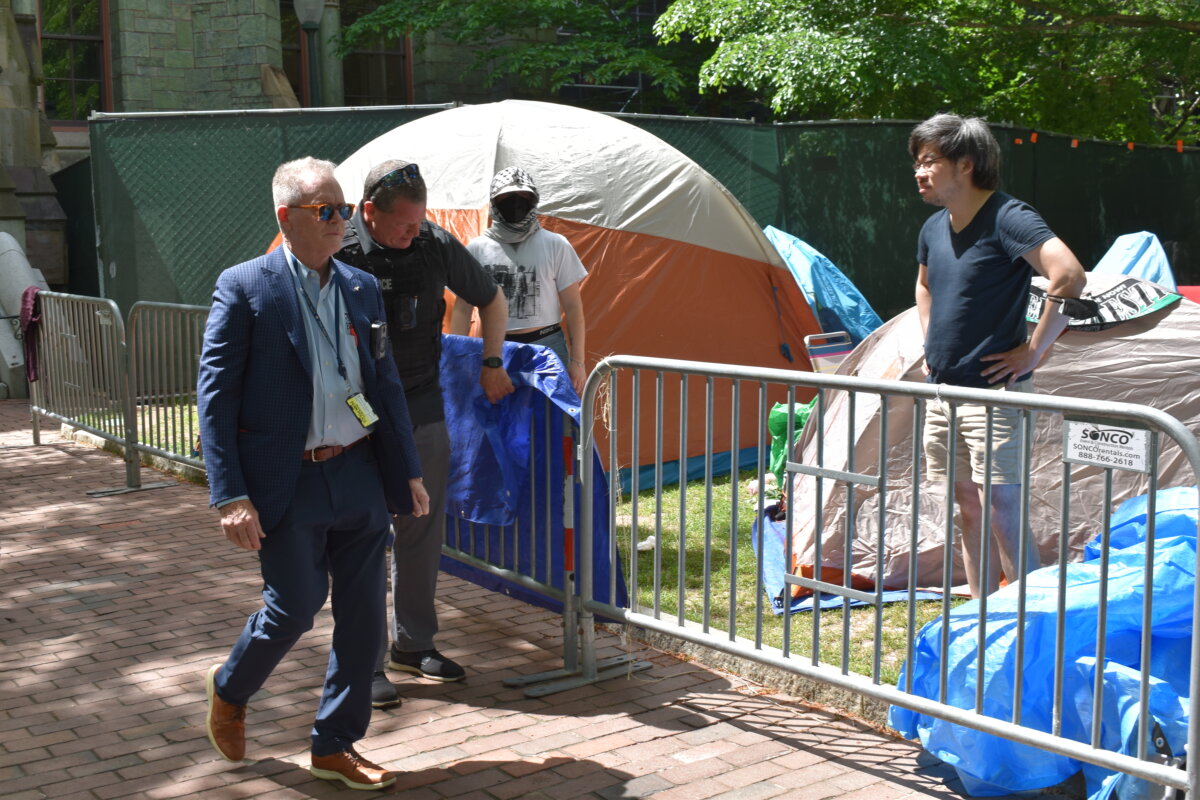In the hallway of the sunny floor outside Henri McKinney’s room, the boy and his favourite clown, Lubee, are playing with water on an improvised rug of towels. During his stay at the Hospital for Sick Children in downtown Toronto, he’s taught himself numbers counting down the days until his next visit from Lubee, who’s part of the hospital’s therapeutic clown program, and this is a normal day’s work for her.
It’s almost impossible to get Lubee — Melanie Rosen when she’s out of costume — to break character, but that’s just one of the many challenges that face the performers who work as therapeutic clowns at Sick Kids. Lucia Cino is head of the program when she isn’t out on her ward as Noula, and was the third employee of the program, which was founded by Joan Barrington in 1993, inspired by a similar program begun by Karen Ridd at the Winnipeg Health Sciences Centre.
A theatre background helps, but it isn’t strictly necessary, and Cino says that in interviews with prospective new clowns they look for “how sensitive they are, how stable they are, how open they are, how accepting they are. We’re looking for human qualities, and I think that people who come to this work grow on the job. They grow as their characters develop and as they gain more experience in a hospital, and so we address these problems of attachment — developing an attachment to a patient with whom we’ve developed a long-term relationship.
“The job can be emotionally demanding, but we’re always trying to be sensitive to some of those areas, such as attachment and boundaries, respecting people’s boundaries and knowing when they’ve been crossed. It’s an ongoing self-analysis, and as long as there’s an open dialogue, we try to work things out. Overall, people find a way — everyone has their own way of coping.”
As part of the hospital’s Child Life program, therapeutic clowns play a vital role in reducing the stress of both short and extended hospital stays for patients and parents, as well as staff.
“I have to say,” Cino says, “as Noula, I know I’m doing the job because of the receptivity I experience when I walk down the hallway. They smile, they seem more relaxed, because the physical presence of the clown is a visual reminder, an open invitation to play and look at the world differently, and be different … The patients look forward to seeing the therapeutic clown, and the parents are relieved because their children’s spirits seem lifted. It has a ripple effect, and that affects other children and families who see the clown engaging with patients and staff.”
Clown training has become a standard part of an actor’s repertoire, but it’s not strictly essential to the therapeutic clown program at Sick Kids, which relies on a mix of private and corporate donations and “in-kind” funding from the hospital. “We’ve just recently hired three new therapeutic clowns, and two of them have theatrical clown-based training, but one of them is a nurse — she doesn’t have any of that background whatsoever, but she has a sense of play that’s not necessarily cultivated because she went to theatre school or had clown training. And perhaps because of her nursing background, where she was working through mothers who were going through delivery, she has a sensitivity to the whole birthing process, and to children and babies. There were things she brought to the table — sensitivity, listening skills, receptivity, a sense of play, a sense of clown logic. It didn’t matter what her background was — she had those pieces.”
















